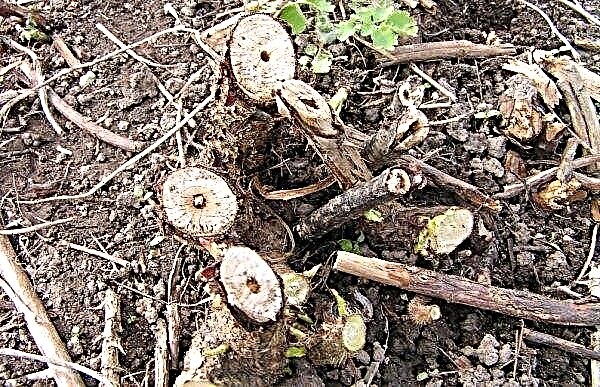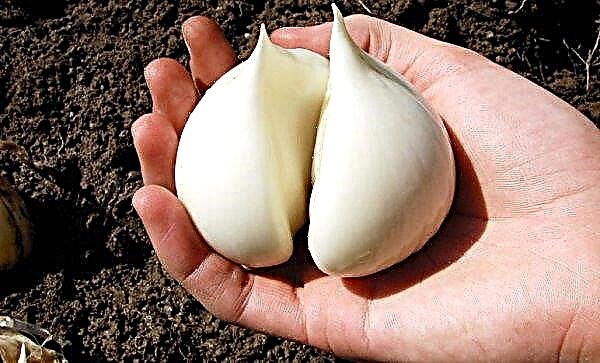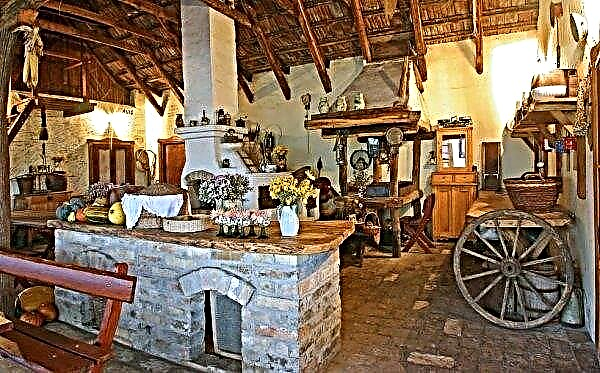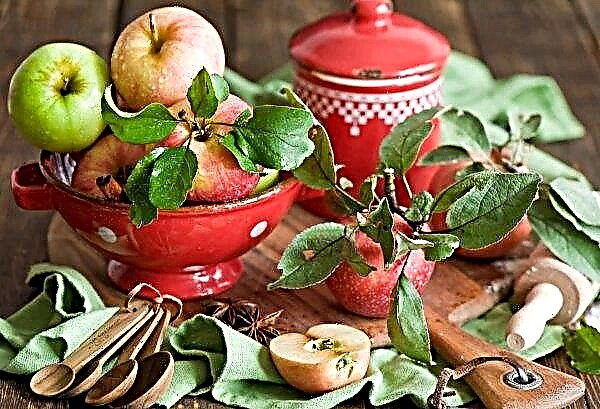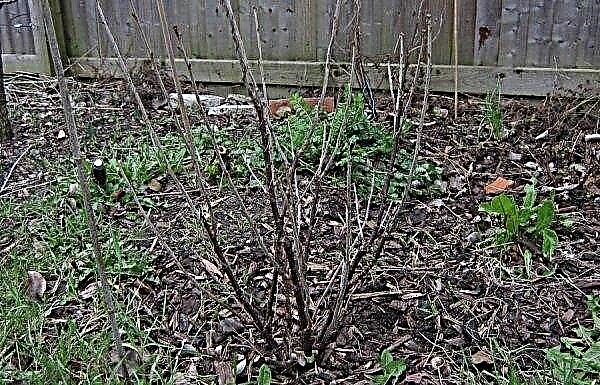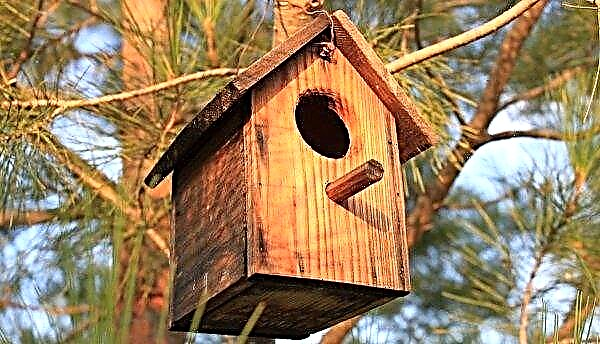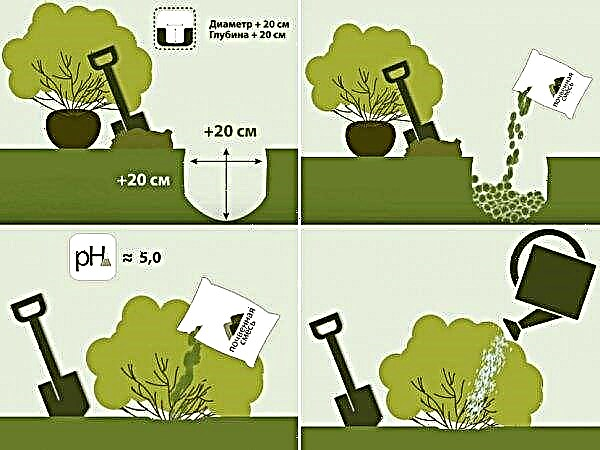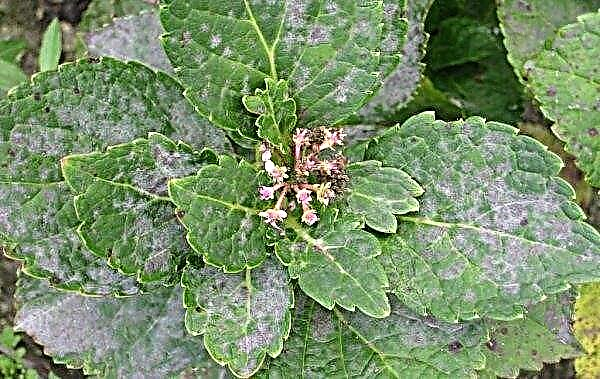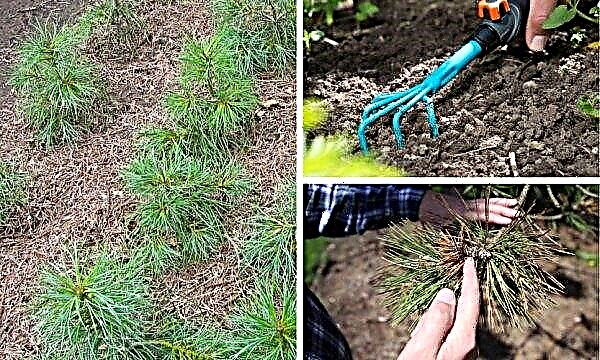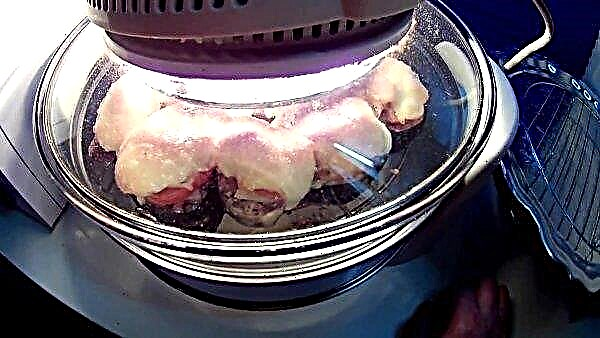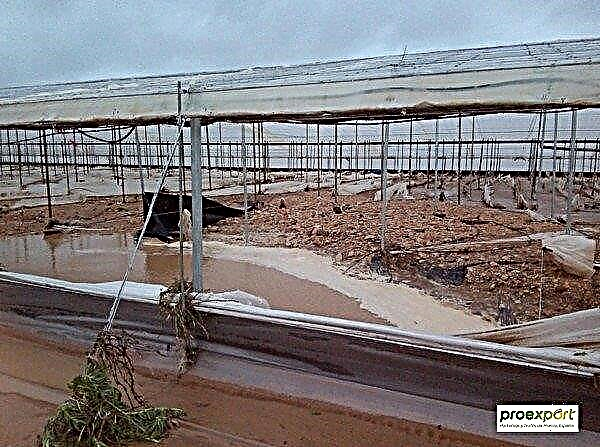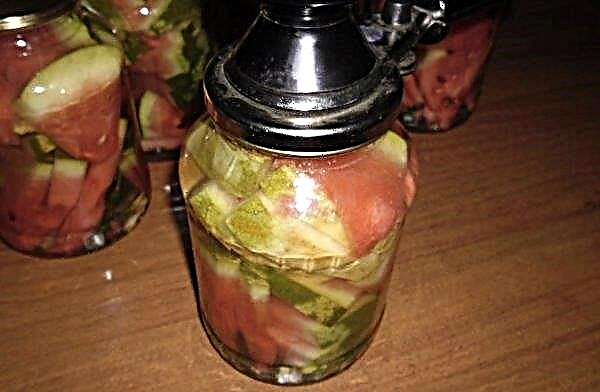Spring has come into its own. It's time to tidy up the crib and debug the ventilation.
High-quality airing in the sheds is of great importance for the health of sheep and lambs, especially during calving.
Dust from hay and straw gradually clogs the gaps in the shelter and prevents the passage of fresh air. The lack of ventilation contributes to the development of pathogenic microorganisms and viruses, which negatively affects the well-being of animals and their productivity.
Signs of lack of air:
- pungent odor of ammonia
- condensation on the walls and roof
- wet litter
- causeless cough and nasal discharge in animals
- cattle lung inflammation

Ways to ventilate cribs in which ventilation was not provided for during construction:
- install wood panels in a checkerboard pattern (Yorkshire landing);
- use a protective coating that allows air to pass through;
- lighten the walls of the barn by removing one layer;
- open the front door and place bales at a height of 1.5-2 m.
The optimal air temperature for newborn lambs is up to + 15 ° С. Humidity is maintained at 75%, not higher.
It is important not to overdo it with ventilation and not to create drafts that are also harmful to animals. In this case, the establishment of additional shelter will be justified. If ventilation is inadequate and stuffiness is maintained in the barn, open the doors wide open on both sides during the day for air circulation.
- On Wednesday, February 19, AgriLand paid a visit to James Lorinienko, who is a Cheviot breeding breeder and has been breeding for the past 30 years, near the town of Donegal.
- SUMMIT OF ANIMAL BREEDING, held in the center of Europe's largest prairie, is a unique showcase of French achievements in animal husbandry
- In the Danube-Drava National Park, farmers breed black Hungarian sheep of the Racka breed. These animals are not only a source of high-quality lean meat, a supplier of valuable fertilizers, but also perform an important task in maintaining dry sandy lawns in cranberry juniper.

